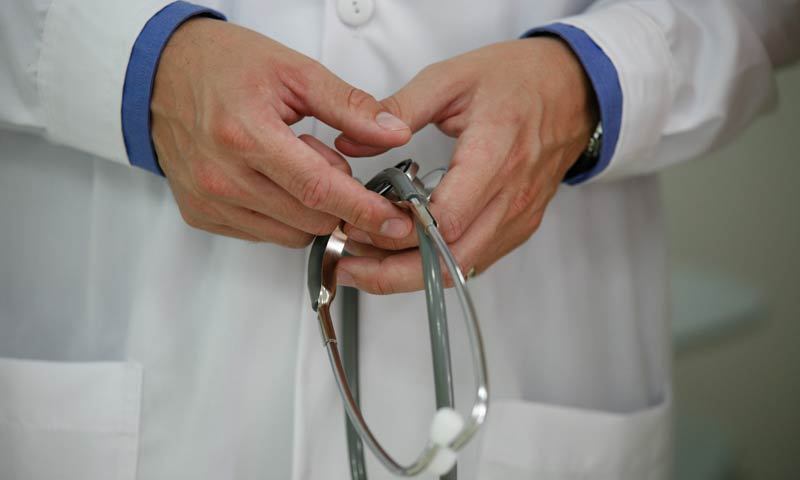In order to help fund the Affordable Care Act, passed in 2010, the medical device tax was implemented in the US at the beginning of 2013. It is a 2.3% excise tax on medical equipment such as heart valves, manufactured hip joints, pacemakers, etc. The tax has received bipartisan criticism for its negative effect on the medical devices industry and its consumers who rely on its products for their health. Despite the intention for the funds from the tax to assist in expanding access to medical devices (and other healthcare services), the tax constrains the medical device industry in its pursuit to provide life-saving, innovative devices at an affordable price for the public good.
Proponents of the tax argue that the Affordable Care Act would increase demand of medical devices due to expanded coverage, creating financial windfalls for medical device manufacturers. The tax would then collect from this increase in demand. This has not been the case. The majority of the medical device consumer base are older patients who already have private insurance or Medicare coverage. Even in states where there have been significant increases in health insurance coverage, there is no evidence of increased demand for medical devices.
Additionally, the tax places an unnecessary burden on the medical device industry. Imposing excise taxes is undoubtedly justified when it comes to industries of tobacco, alcohol, and gambling because these industries generate negative externalities on the public. In such cases, excise taxes offer a solution to raise money for the community to reduce and make up for negative externalities. An excise tax on medical devices — which are essential for a healthy population — is counterintuitive. Instead of restricting negative externalities (like an excise tax should), the medical device tax constrains the positive externalities of life-saving devices.
Furthermore, the strain imposed on medical device manufacturers reduces innovation and competitiveness. Manufacturers can deal with the tax by increasing prices or eating the costs with lower profit margins. Increasing prices will result in lower disposable income for end-use consumers who will have to face higher sales prices. However, it is difficult for medical device manufacturers to raise prices. Contracts between the manufacturers and purchasers last between 5 to 7 years, and purchasers — consisting of large institutions — have great leverage in the bidding process.
Without full control of their prices, manufacturers must absorb the cost of the tax themselves — especially as the market adjusts to the new tax. This forces the medical device industry to reduce funding for research and development, hindering their effort of creating new medical equipment that could benefit millions of people. Additionally, businesses will cut costs by laying off workers and reducing hours for non-salaried employees — all the while becoming less competitive internationally.
The medical device tax has not worked as planned, and has been a burden on an industry that had been struggling already. The tax exacerbates the problem of rising healthcare costs and ultimately burdens consumers. Considering that there are numerous alternatives for a more efficient tax, the medical device tax should have never been implemented. As the majority party in Washington aims to repeal most of the Affordable Care Act, repealing the medical device tax should top their list.
References
Library of Congress. Government Division. Federal Excise Taxes: An Introduction and General
Analysis. publisher not identified, Place of publication not identified, 2013.
Dufort, Michelline. “Repeal the Medical Device Tax: It Will Stifle Innovation and Industry
Growth.” New Hampshire Business Review, vol. 39, no. 1, 2017, pp. 20.
United States. Congress. Senate. Committee on Finance. Subcommittee on Health Care. A Fresh
Look at the Impact of the Medical Device Tax on Jobs, Innovation, and Patients: Hearing before the Subcommittee on Health Care of the Committee on Finance, United States Senate, One Hundred Fourteenth Congress, First Session, April 23, 2015. vol. 114-224, U.S. Government Publishing Office, Washington, 2016.
United States. Congress. Joint Economic Committee. An Economic Analysis of the Medical
Device Tax. ProQuest, Bethesda, Md, 2015.



